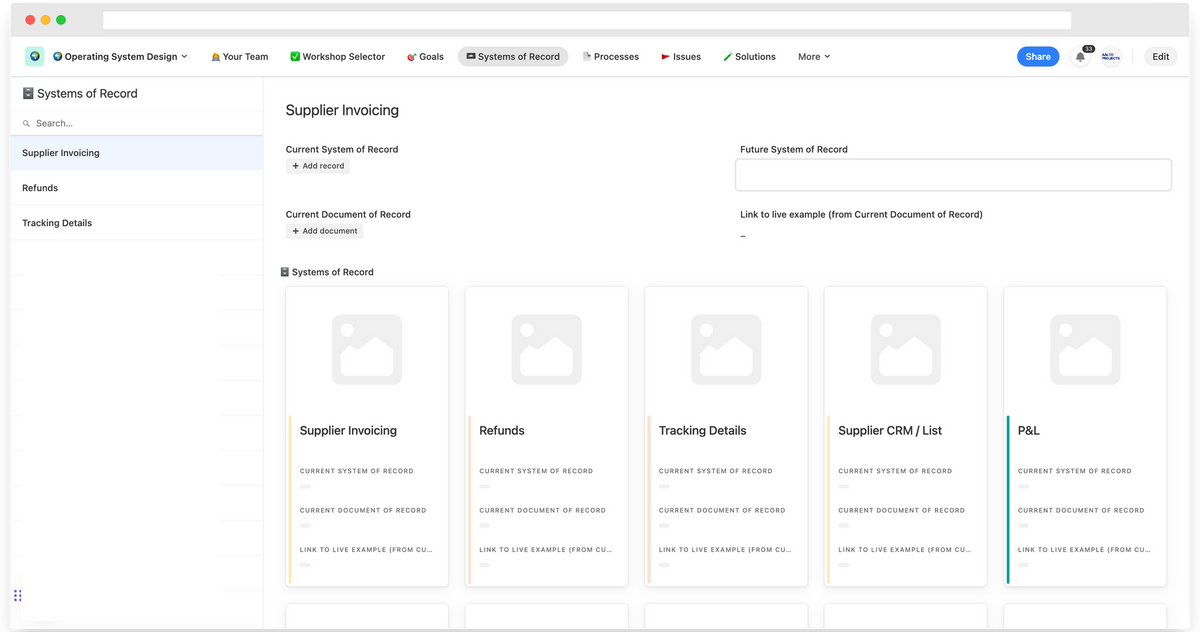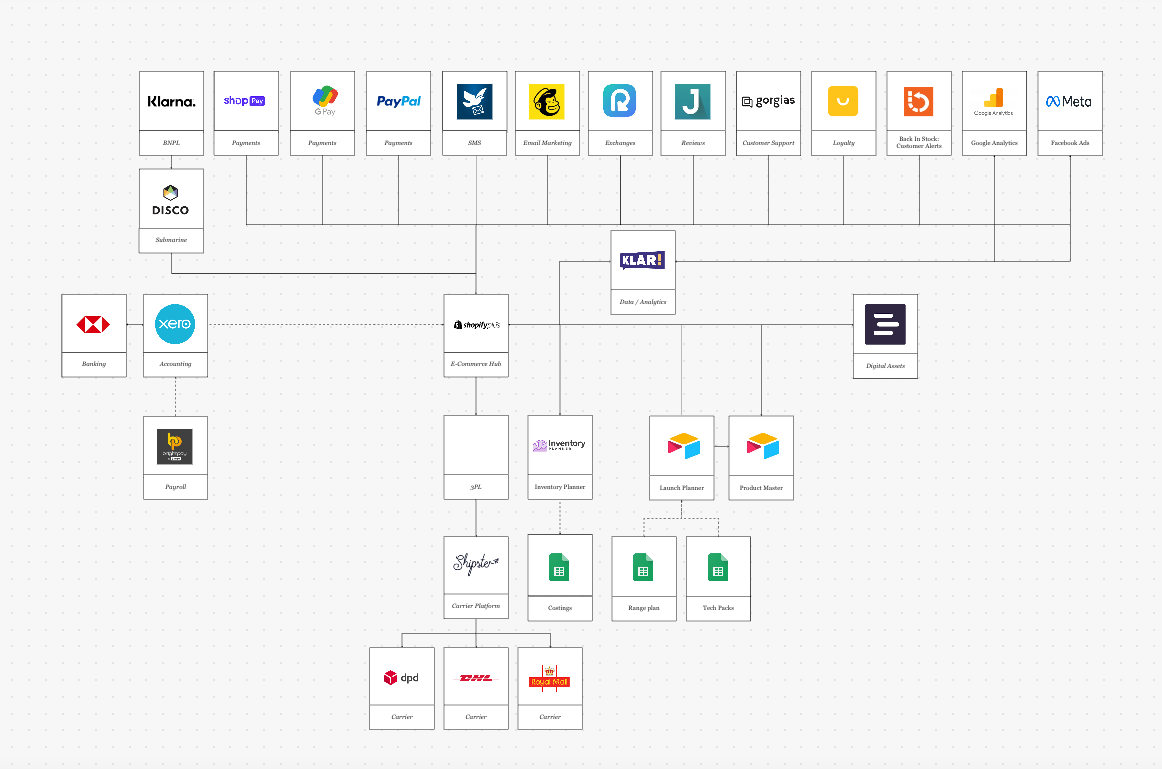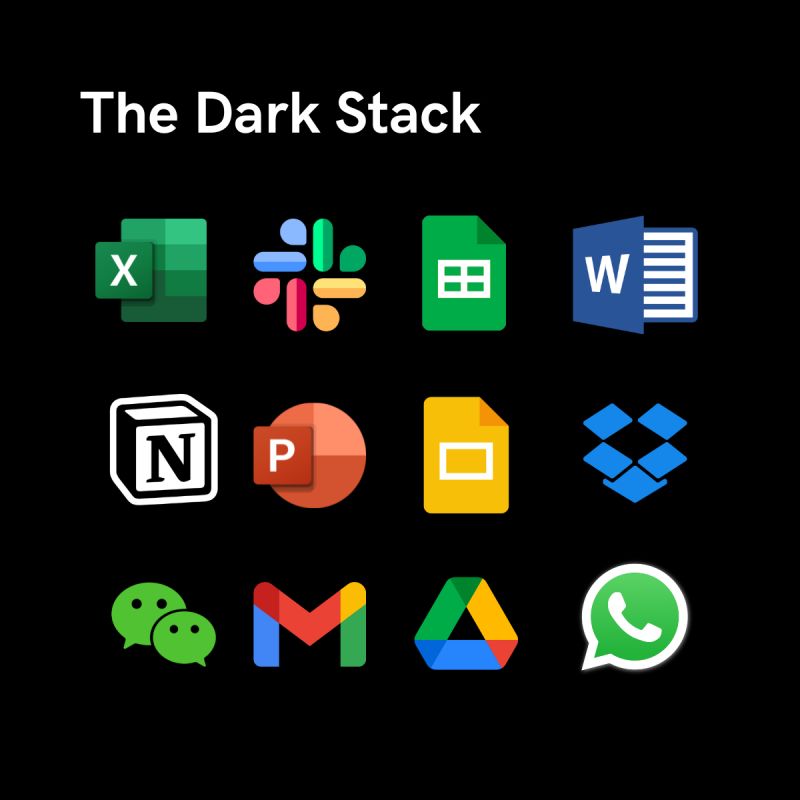Planning for next year? Don't dive into solution mode just yet. Do this first.

This time of year is when Founders and Operators responsible for choosing and delivering the right tech start coming up for air.
Before you dive into solutions mode, take a minute to think.
Business Strategy > Tech strategy
There is probably a project hanging around from last year. Should you revisit that?
If you have been dealing with an enormous amount of pain from one issue or system, recency bias will be sucking you and everyone else's attention towards it. So, does it deserve to be position number one?
It can be challenging to start planning with a clear strategy. Does this mean we can't plan anything and should start pushing for that?
Of course not.
Go with the existing strategy. If you worked last year to shorten your time from idea to launch, then what is next?
Added 3 countries in 2022? How can you launch another 5 in 2023? What could you do better?
There is no reason to get paralysed on this. Figuring out many solutions is part of the process. Evaluating solutions doesn't mean you have to do them. The worst is not doing any homework and getting caught out when the strategy changes.
This is what you should do next 👇
Step 1 - Visualise your Tech Stack.

You can get access to my free Miro template with access to 8+ tech stacks to build your own from. The style is intentionally simplified because we're trying to get a top-down view before we dive into the weeds.
Get your tech stack miro template here now.
Step 2 - Write up your Systems of Record.
Customer Data / CRM, Duties / HS Codes, Goods Receipt Notes, Inventory Valuation, Product Costings, Products, Purchase Orders
Supplier CRM / List, Products, Ecommerce Invoicing etc.
Step 3 - Identify any Documents of Record.
These are the master documents or templates that data ends up in. Tech Packs, Critical Path, Costings Master. Multiple processes and key data are managed in these documents. They act like systems of record, but they're a Document like Google Sheets or Excel files.
Step 4 - Reign in The Dark Stack

This is everything else. I recommend making sure you add key Slack Channels, Weekly Reports, Google Sheets etc, into your tech stack as standalone blocks. You'll need these to reference as you build out solutions because often, the thing that gets missed is how these informal workflows and interfaces need to adapt to systems changes.
Step 5 - Create your 🚩 issues log.
Consolidate all the known issues, feature requests, complaints or resource challenges from across your business. Try to assign them to a team and map them against your systems of record, documents of record and dark stack.
Step 6 - Identify which issues are obstacles preventing you from reaching your goals.
You need to separate signal from noise.
What marketing is shouting about this week or what your head of merch wants to be done is being influenced by all kinds of biases. Your job is to deliver the strategy, not fight fires. To get to the root cause, you need to map issues against goals.
Now it's time to evaluate some solutions 🧪
– Thanks, Oliver
